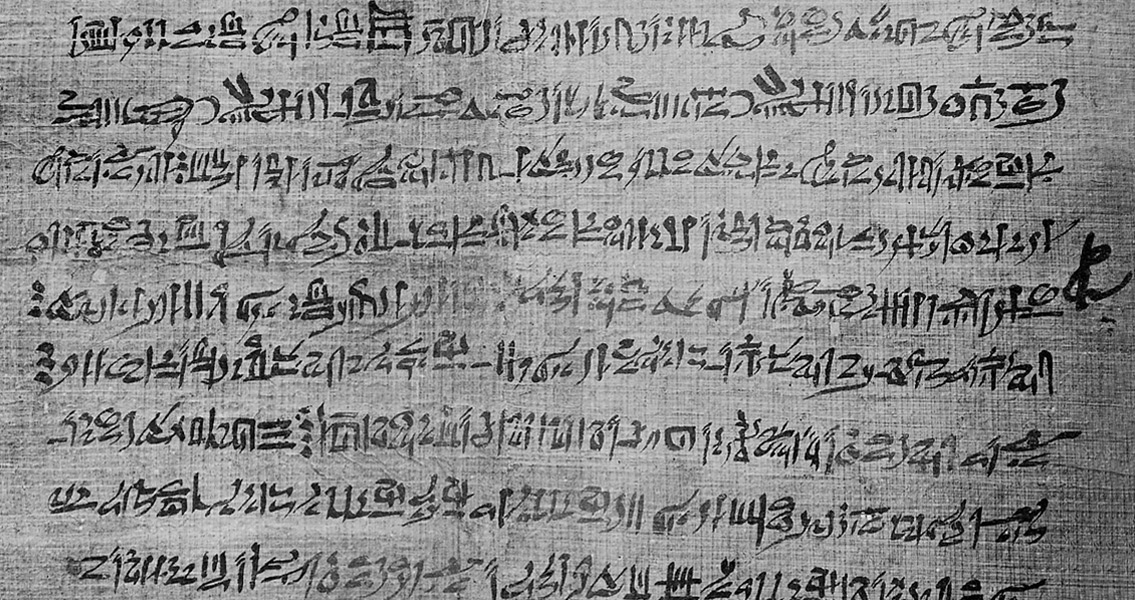<![CDATA[A text which could be the oldest copy of the Gospel is to be published. At present, the oldest surviving copies of the Gospel texts date from the second century CE. A new fragment of the Gospel of Mark however, which was written before the year 90 CE, has recently come to light. The fragment of the gospel was written on a sheet of papyrus at some point in the first century. This papyrus was later reused to create an Egyptian mummy's mask. Often we think of mummy's as having ornate, golden masks, but these were reserved for pharaohs and the elite; ordinary Egyptians had masks made of papyrus or linen and decorated with paint. Papyrus was an expensive commodity to produce as the process to make it was complex. Strips of the papyrus plant had to be soaked, then carefully arranged together to form a sheet. Another sheet was then placed on top at a right angle, creating a more robust piece. While still moist, the two layers were hammered together, bashing the two layers into a single sheet. After being dried under pressure, the papyrus sheet was polished to create a smooth writing surface. As making papyrus was so time-consuming and expensive, sheets which already had writing on were often reused. In recent years, scientists have developed a new technique which allows the glue used in mummy masks to be removed without damaging any ink on the papyrus. The technique enables researchers to read text which had been hidden for centuries. "We're recovering ancient documents from the first, second and third centuries. Not just Christian documents, not just biblical documents, but classical Greek texts, business papers, various mundane papers, personal letters," Craig Evans, professor of New Testament studies at Acadia Divinity College in Wolfville, Nova Scotia, told Live Science. The first-century Gospel is one of hundreds of texts that Evans and his team have uncovered. Other discoveries include philosophical tracts and copies of the poetry of Homer. Evans and his team were unable to precisely date the gospel purely from the fragment. But by comparing it with dates on the business and personal letters also used in the mask's construction, the researchers were able to date the gospel to the first century. A significant problem with the new technique however, is that the mummy's mask is destroyed as the layers of papyrus used in its construction are removed. Conservators and researchers in the field are debating whether this particular method of dissolving the glue should be used. Roberta Mazza, lecturer in Classics and Ancient History at the University of Manchester, has raised her concerns about the veracity of the text. "We cannot be 100% sure [that the text is real] because nobody answers questions with any clarity," she wrote in a blog. Archaeologist Paul Barford has been particularly opposed to Evan's technique. "[Evans] is a guy getting so excited about finding a first century manuscript of a first century text that he's totally oblivious to the destruction of archaeological material it entails," Barford wrote. Barford is concerned that Evans could be championing the irretrievable loss of historical artefacts. The new technique has the potential to reveal many never-before-seen writings. In doing so, however, it destroys precious and sometimes unique historical artefacts. When the Gospel text is fully published by Brill later this year, the debate will surely continue in the mainstream media and academic journals. Image courtesy of Wikimedia commons user: Wellcome Images]]>
Mummy Mask Could Conceal Oldest Gospel
